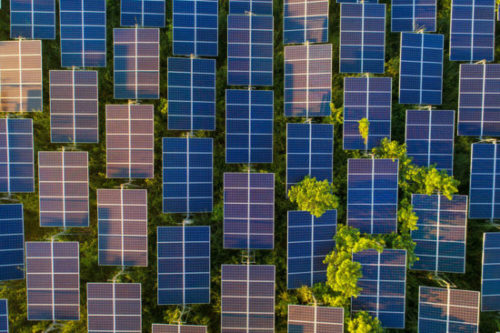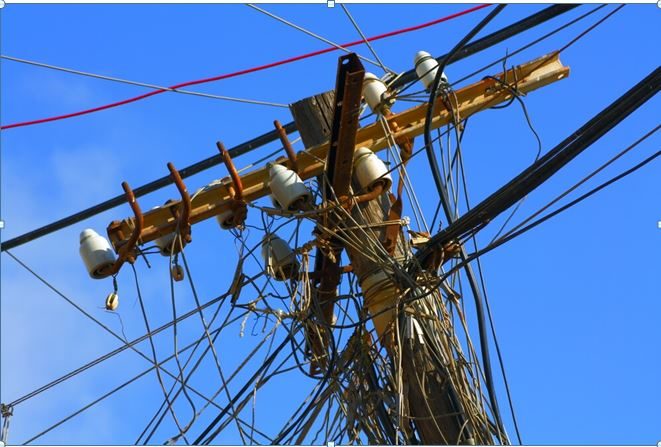Solar Projects on Gram Panchayat Land in Haryana

The state government of Haryana working with the Haryana Power Generation Company (HPGCL) has decided to install solar projects on lands they will procure from gram panchayats. The decision was made official after a review meeting between the New and Renewable Energy Department and The Haryana Renewable Energy Development Agency (HAREDA) chaired by Chief Minister, Manohar Lal Khattar.
Under this program, HPGCL would initially establish solar power projects in Badhsa, Ghaglan, and other villages of Jhajjar district on a pilot project basis. Each governing body from all the villages/talukas will need to sort out 10 acres of its land barren/fertile to be eligible for the solar system. Once the required area is made available, the gram panchayat office will be required to submit an application to the Renewable Energy Department. Apart from this, if the village establishes a solar project with its own resources, then HPGCL would provide technical assistance to the project.
The government has also taken the suggestion to explore the use of solar energy poly house in the production of horticultural crops.
Last month, the state government announced that it would provide a subsidy up to ₹15,000 to consumers for installing solar home systems under the ‘Manohar Jyoti Yojana’ which aims to promote renewable energy in the state. The program was launched by the state government in 2017 and the government has set a target of installing as many as 1,00,000 solar lighting systems across the state.
In July, EESL signed a MoU with both the Uttar Haryana Bijli Vitran Nigam (UHBVN) and the Dakshin Haryana Bijli Vitran Nigam (DHBVN) for the installation of the smart meters across five districts of the state. The planned 1 million meters will be installed in the households of customers in a phased manner over the next 3 years and the EESL will fund, build, operate, and manage the smart metering implementation in the project area for a defined project period in the MoU.
More recently, HAREDA surprised more than a few observers with its latest guidelines, that seek to waive wheeling charges, T&D charges and even the dreaded cross-subsidy (CSS) charge on open access consumers, for solar power. The guidelines have been issued for the period 2018-2021, with a 10-year moratorium on charges for projects approved during this period. Making Haryana one of the friendliest states in the country for open access purchases of renewable power. Faced with a renewable purchase obligation (RPO) of 8%, this move made eminent sense, as the state has not really done well when it comes to attracting solar investments, with total installations of barely 70 MW till date.
The Haryana Government will do well to take heed of the Delhi governments ‘Mukhyamantri Kisan Aay Badhotri Solar Yojana’ which was announced back in July. The scheme had a special provision mandating the installation of the solar systems at an elevated platform 3.5 meters from the ground to not hinder with farming practices. While the scheme enlisted multiple other financial benefits for the farmer, the Haryana government should keep track of the special provision and perhaps implement it on lands which are fertile. One can’t but feel a little uneasy about using fertile land for solar installations, as even common land has many other uses, be it grazing, or even small patches of vegetables etc that panchayats allow small farmers to grow. A regular solar setup can eliminate all of these options at one go, taking a toll on many livelihoods possibly.






